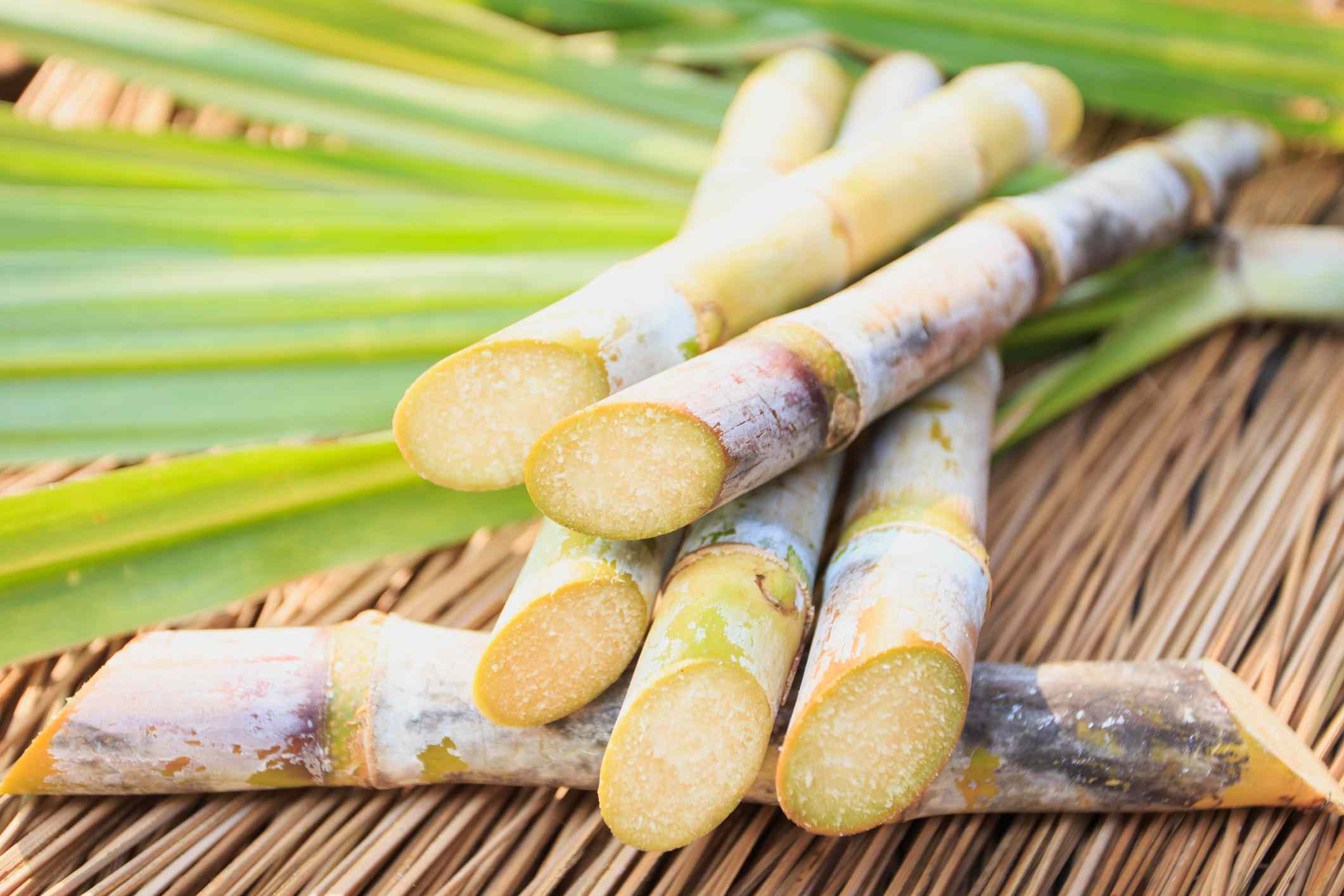

Articles
How To Store Sugar Cane
Modified: October 20, 2024
Learn the best practices for storing sugar cane in this informative article. Find out how to keep sugar cane fresh and flavorful for extended periods.
(Many of the links in this article redirect to a specific reviewed product. Your purchase of these products through affiliate links helps to generate commission for Storables.com, at no extra cost. Learn more)
Introduction
Sugar cane is a versatile and delicious crop that is widely used in various culinary creations and as a sweetener. Whether you have harvested a fresh batch of sugar cane from your backyard or bought it from a local market, proper storage is essential to maintain its freshness and flavor.
In this article, we will guide you through the process of storing sugar cane to ensure its longevity and quality. We will discuss the importance of choosing the right storage location, preparing the storage area, harvesting and preparing sugar cane for storage, storing it properly, and monitoring and maintenance to extend its shelf life.
With these tips and guidelines, you can enjoy the natural sweetness of sugar cane for an extended period, ensuring that you have the perfect ingredient for your favorite recipes whenever you need it.
Key Takeaways:
- Proper storage of sugar cane requires choosing the right location, preparing the storage area, and maintaining optimal temperature, humidity, and airflow to preserve its freshness and flavor.
- Regular monitoring, maintenance, and pest control are essential for extending the shelf life of stored sugar cane, ensuring it remains fresh, delicious, and ready for culinary use.
Read also: 14 Best Sugar Cane Juicer Machine for 2025
Choosing the Right Storage Location
When it comes to storing sugar cane, choosing the right location is crucial to maintain its freshness and to prevent spoilage. Here are some factors to consider when selecting the ideal storage area:
- Temperature: Sugar cane should be stored in a cool area with temperatures ranging from 50 to 60 degrees Fahrenheit (10 to 15 degrees Celsius). Avoid storing it in places with high temperatures or exposed to direct sunlight, as this can accelerate the decay process.
- Humidity: Sugar cane requires a moderately humid environment to maintain its moisture content. The storage area should have a relative humidity level of around 70 to 75 percent. Too much humidity can lead to mold growth, while too little can cause the sugar cane to dry out.
- Ventilation: Proper airflow is essential to prevent the growth of mold and fungi. Choose a storage area that is well-ventilated to ensure that the sugar cane remains fresh and free from moisture buildup.
- Protection from pests: Sugar cane can attract pests such as rodents and insects. Ensure that the storage area is secure and protected from any potential infestations. Regularly inspect the area for signs of pest activity and take appropriate measures to address any issues.
Consider these factors when selecting a suitable location for storing sugar cane. A cool and humid environment with good ventilation and protection from pests will provide the optimal conditions for preserving the cane’s freshness and flavor.
Preparing the Storage Area
Before storing sugar cane, it’s important to prepare the storage area to ensure optimal conditions for preservation. Here are some steps to follow when getting the storage area ready:
- Cleanliness: Start by thoroughly cleaning the storage area. Remove any dust, debris, or previous crop remains that could potentially contaminate the sugar cane. This will help prevent the growth of mold or the attraction of pests.
- Sanitation: Ensure that the storage area is properly sanitized. Use a mild bleach solution or an appropriate disinfectant to clean all surfaces, including shelves, containers, and any equipment that will come in contact with the sugar cane. This will help eliminate any potential pathogens or bacteria that could cause spoilage.
- Avoid strong odors: Sugar cane can absorb strong odors, which can affect its flavor. Keep the storage area free from strong-smelling substances or chemicals that could transfer unwanted scents to the sugar cane.
- Storage containers: Choose suitable storage containers for the sugar cane. Use clean food-grade plastic bags or containers that provide adequate airflow and keep the cane protected from moisture and pests.
- Labeling: Properly label each storage container with the date of storage. This will help you keep track of the cane’s freshness and ensure that you use the oldest stock first.
By taking these steps to prepare the storage area, you create a clean and sanitized environment that will help maintain the quality and freshness of the sugar cane throughout the storage period. Remember to regularly inspect and clean the area to prevent any issues that may arise during storage.
Harvesting and Preparing Sugar Cane for Storage
Proper harvesting and preparation are crucial to ensure that the sugar cane is in optimal condition for storage. Here are some guidelines to follow:
- Harvesting: Harvest sugar cane when it is fully mature. Look for canes that are firm, with a vibrant color and no signs of damage or decay. Cut the canes close to the ground using a sharp knife or machete.
- Trimming: Remove any excess leaves or branches from the sugar cane stalks. This will reduce the risk of mold growth and make it easier to store and handle.
- Cleaning: Rinse the sugar cane stalks with clean water to remove any dirt or debris. Use a soft brush or cloth to gently scrub the surface if necessary. Make sure to dry the canes thoroughly before storing them to prevent moisture buildup.
- Size and length: Consider the size and length of the sugar cane stalks when preparing them for storage. It’s advisable to cut them into smaller sections, typically around 2 to 3 feet in length. This makes them easier to handle and reduces the risk of damage during storage.
- Wrapping: For added protection, you can wrap each sugar cane section in a damp cloth or paper towel. This helps to maintain moisture and prevent the canes from drying out.
- Store immediately: It is best to store sugar cane immediately after harvesting and preparation. Delaying storage can lead to loss of freshness and quality.
Follow these steps to ensure that the sugar cane is properly harvested and prepared for storage. By handling the canes with care and maintaining their moisture content, you can extend their shelf life and enjoy the sweet taste of sugar cane for an extended period.
Store sugar cane in a cool, dry place away from direct sunlight. Keep it in a well-ventilated area to prevent mold growth. It can also be stored in the refrigerator for up to 2 weeks.
Storing Sugar Cane Properly
To maximize the shelf life and quality of sugar cane, it’s essential to store it properly. Here are some tips for storing sugar cane:
- Temperature and humidity: As mentioned earlier, sugar cane should be stored in a cool environment with temperatures between 50 to 60 degrees Fahrenheit (10 to 15 degrees Celsius) and a relative humidity level of 70 to 75 percent. These conditions help maintain the cane’s moisture content and freshness.
- Storage containers: Use clean, food-grade plastic bags or containers with good airflow to store the sugar cane. Avoid using airtight containers, as excess moisture can cause the cane to deteriorate. Ensure that the containers are properly sealed to prevent moisture loss.
- Positioning: Arrange the sugar cane in a single layer inside the storage containers or on shelves. Avoid overcrowding, as this can restrict airflow and lead to mold growth. Leave sufficient space between the canes to allow for air circulation.
- Rotation: When storing multiple batches of sugar cane, practice a “first in, first out” rotation. This means using the oldest sugar cane first to ensure freshness. Regularly check the storage containers for any signs of spoilage and remove any damaged or decaying canes.
- Maintaining moisture: Sugar cane needs some moisture to remain fresh. Check the canes periodically and lightly mist them with water if they appear to be drying out. Be careful not to oversaturate them, as excessive moisture can lead to mold growth.
By following these guidelines, you can ensure that the sugar cane is stored in the optimal conditions to maintain its flavor and freshness. Regularly monitor and inspect the canes during storage to identify any issues and take necessary actions to preserve their quality.
Read more: How To Store Sugar Wax
Monitoring and Maintenance
Proper monitoring and maintenance are vital to ensure the longevity and quality of stored sugar cane. Here are some important steps to follow:
- Regular inspections: Check the stored sugar cane on a regular basis to assess its condition. Look for any signs of spoilage, such as mold growth, discoloration, or a foul odor. Remove any damaged or decaying canes immediately to prevent the spread of spoilage.
- Temperature and humidity control: Monitor the storage area’s temperature and humidity levels regularly. Use a digital thermometer and hygrometer to ensure they remain within the recommended range. Adjust any equipment or ventilation as needed to maintain the optimal conditions.
- Air circulation: Ensure that there is sufficient airflow around the stored sugar cane. Periodically rearrange the canes or containers to promote even airflow and prevent mold growth in areas that are stagnant or poorly ventilated.
- Moisture control: Monitor the moisture levels of the sugar cane. If the canes start to dry out, lightly mist them with water to maintain their moisture content. However, be cautious not to oversaturate them, as excessive moisture can lead to mold formation.
- Pest control: Regularly inspect the storage area for any signs of pest activity. Implement pest control measures, such as using traps or natural repellents, to prevent infestations. Keep the storage area clean and free of food debris, which can attract pests.
- Organizational system: Maintain a clear and organized storage system to easily identify and access the stored sugar cane. Keep containers properly labeled with the date of storage to ensure that the oldest canes are used first.
By consistently monitoring and maintaining the storage conditions, you can ensure that the sugar cane remains fresh and of high quality throughout its storage period. Implementing these practices will help minimize spoilage and maximize the shelf life of your stored sugar cane.
Conclusion
Proper storage of sugar cane is essential to maintain its freshness, flavor, and quality. By following the guidelines outlined in this article, you can ensure that your sugar cane stays in optimal condition for an extended period, ready to be used in your favorite recipes.
Choosing the right storage location with suitable temperature, humidity, ventilation, and protection from pests sets the foundation for successful storage. Preparing the storage area by cleaning, sanitizing, and avoiding strong odors creates a clean and safe environment for your sugar cane.
Harvesting and preparing the sugar cane correctly, including trimming, cleaning, and wrapping, ensures that it is ready for storage. Storing the sugar cane in containers with proper airflow, maintaining the right temperature and humidity, and practicing rotation to use the oldest canes first are crucial steps to prolong its shelf life.
Maintaining the storage area through regular monitoring and inspection, controlling temperature and humidity levels, promoting airflow, and addressing any issues promptly will help preserve the freshness of the sugar cane. Additionally, proper organization and pest control measures contribute to an efficient and hassle-free storage system.
Remember to keep an eye on the moisture levels of the sugar cane, to lightly mist if necessary, and to promptly remove any damaged or decaying canes to prevent spoilage. By consistently implementing these practices, you can extend the lifespan of your sugar cane and enjoy its natural sweetness for a longer period.
In conclusion, with the right storage techniques and proper monitoring and maintenance, you can ensure that your sugar cane remains fresh, delicious, and ready to enhance your culinary endeavors. So go ahead and store your sugar cane with confidence, knowing that you have the knowledge to make the most of this versatile and delightful crop.
Frequently Asked Questions about How To Store Sugar Cane
Was this page helpful?
At Storables.com, we guarantee accurate and reliable information. Our content, validated by Expert Board Contributors, is crafted following stringent Editorial Policies. We're committed to providing you with well-researched, expert-backed insights for all your informational needs.
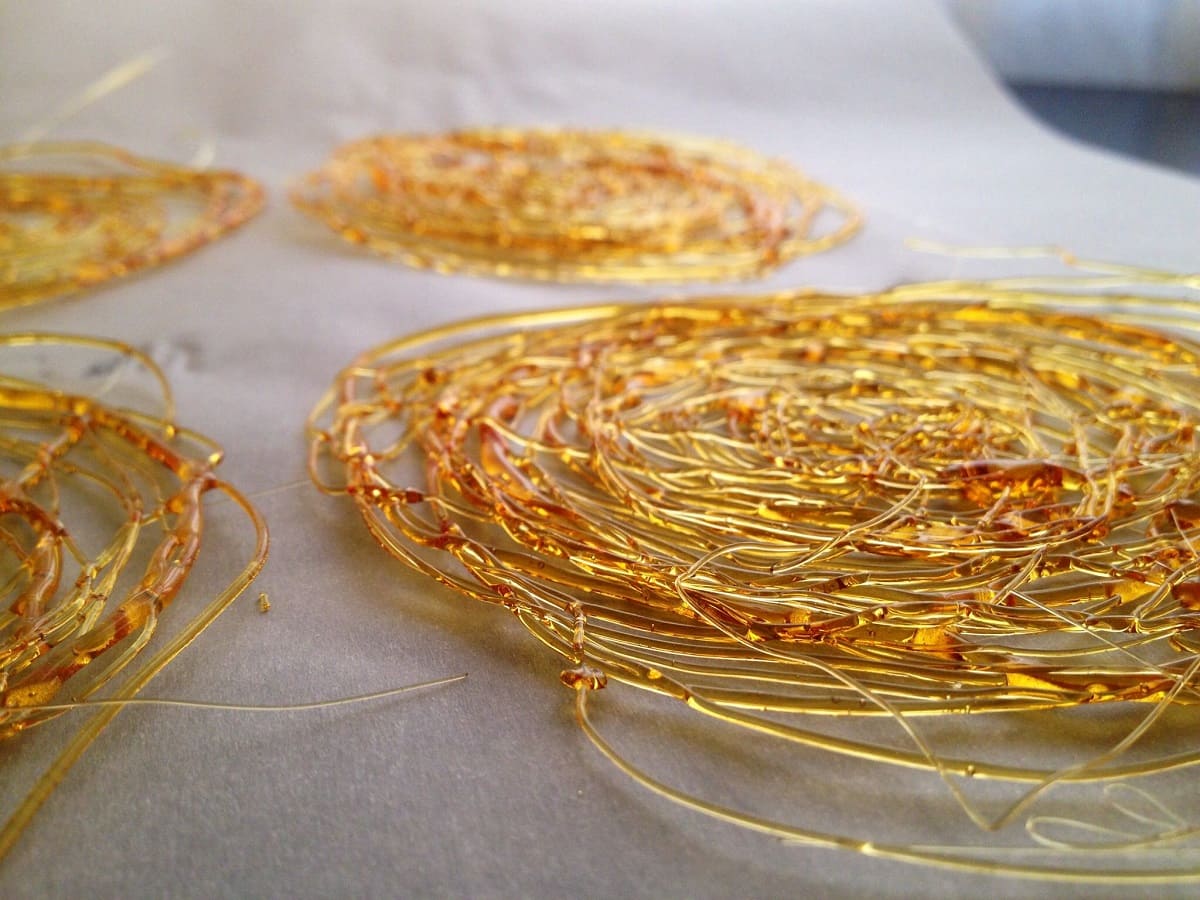
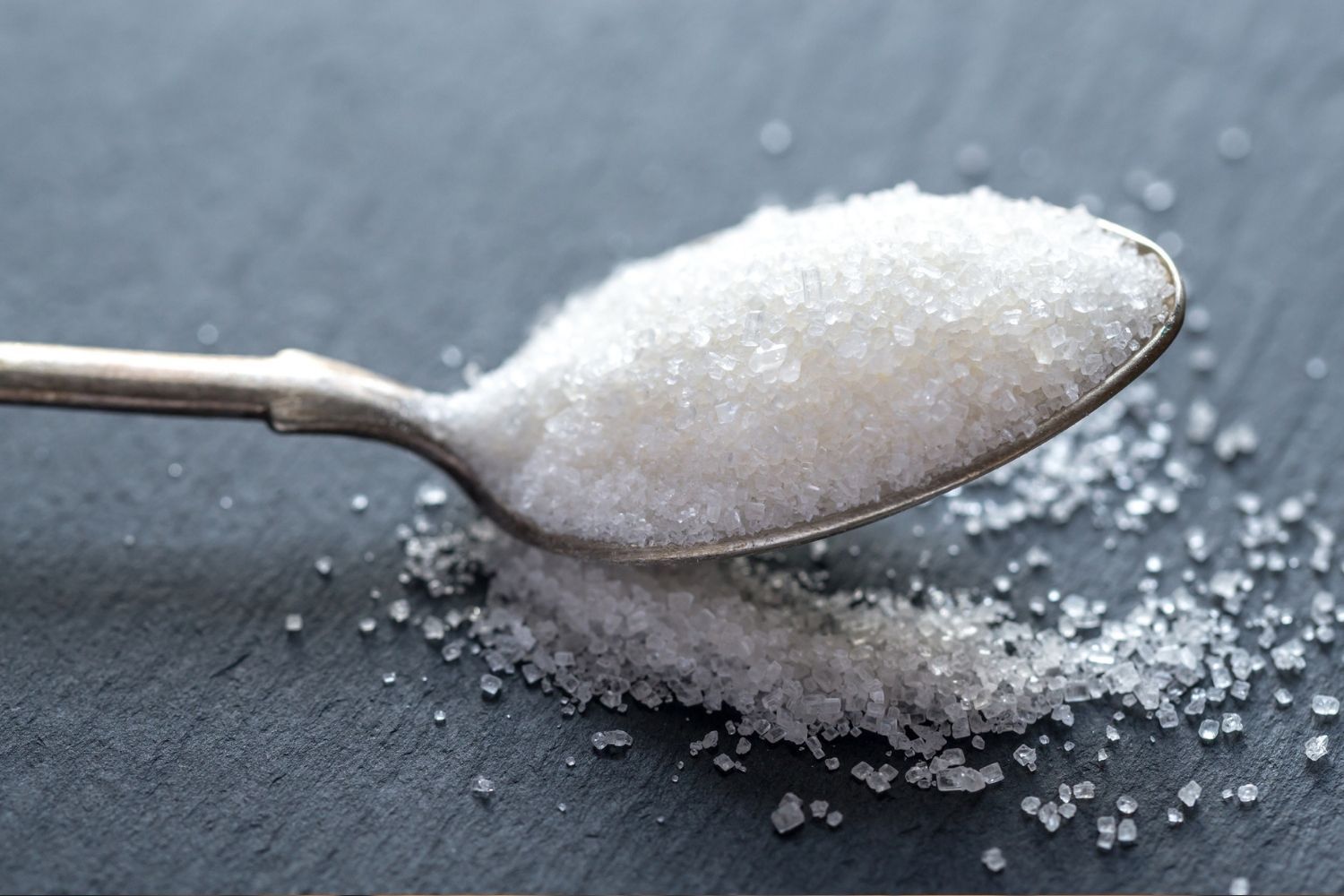
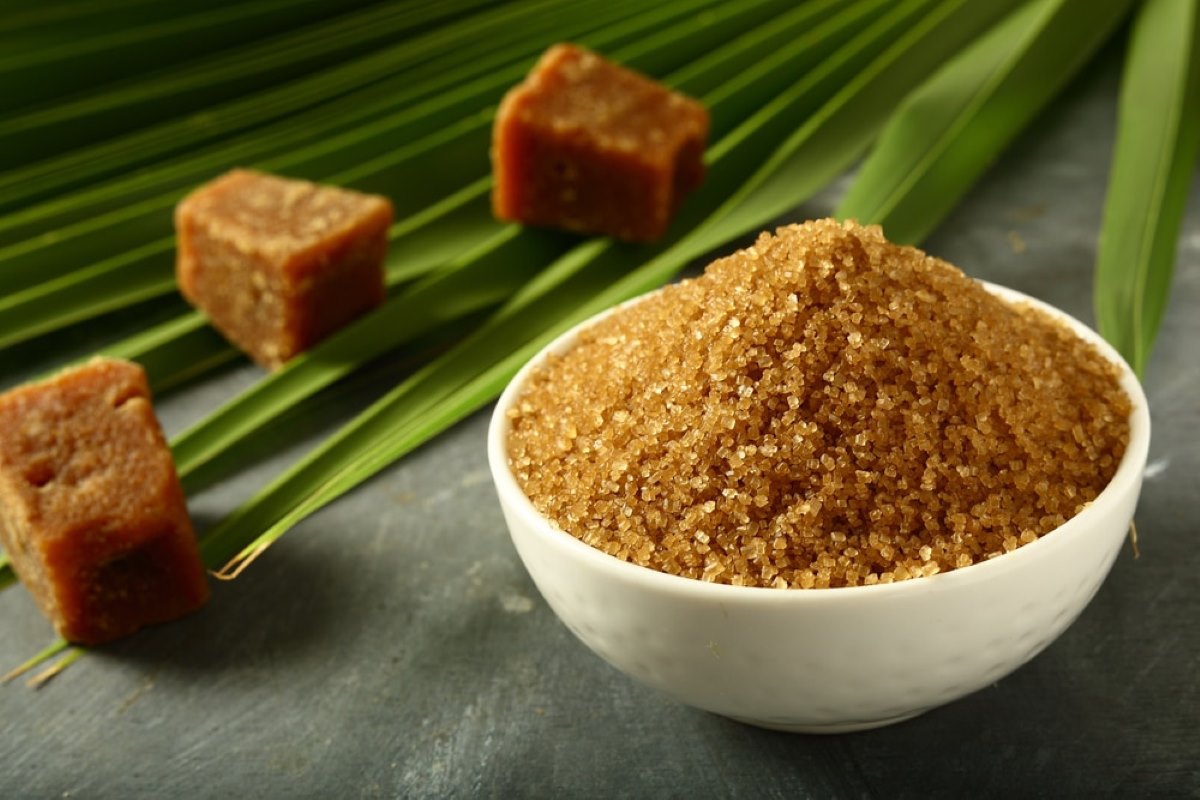
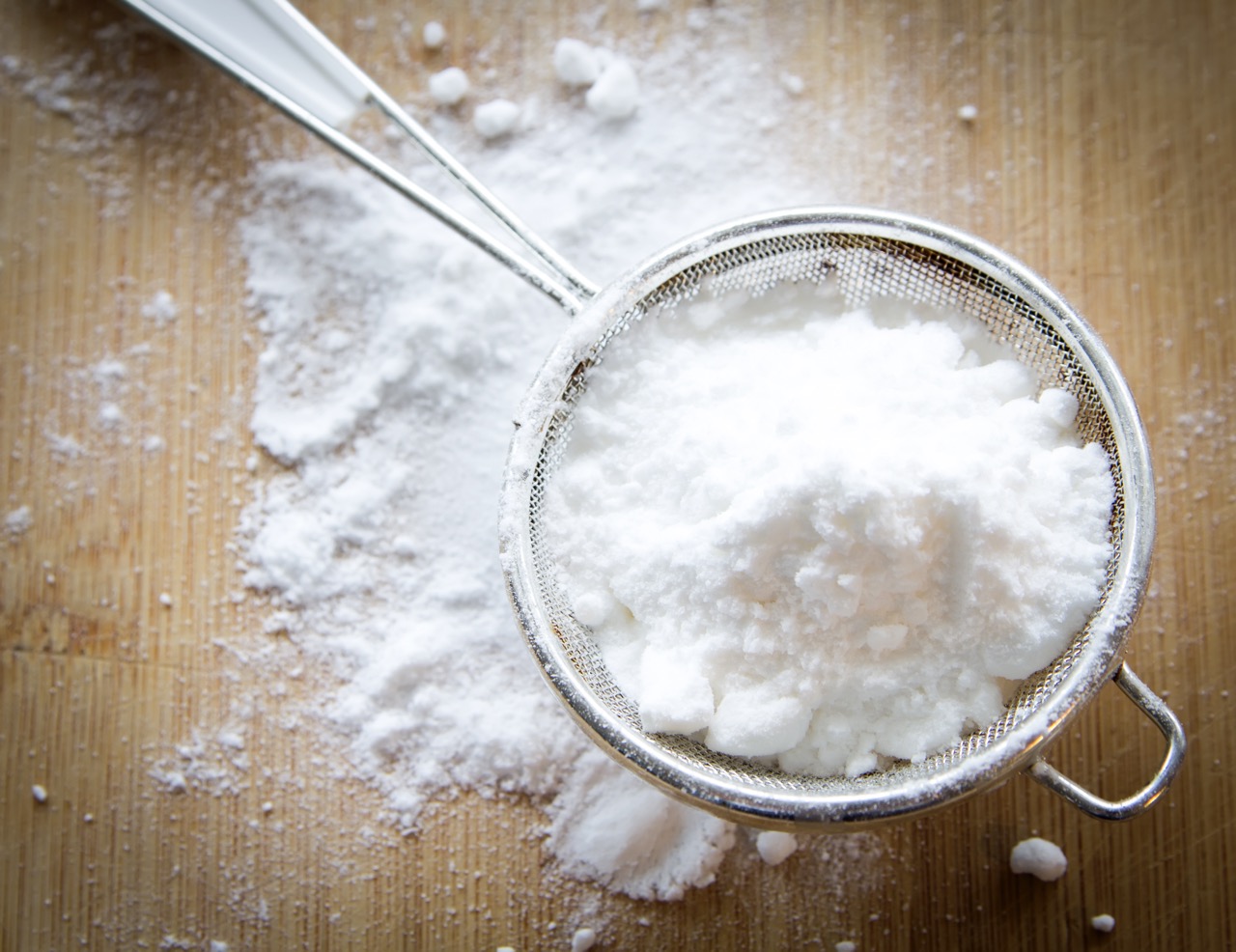
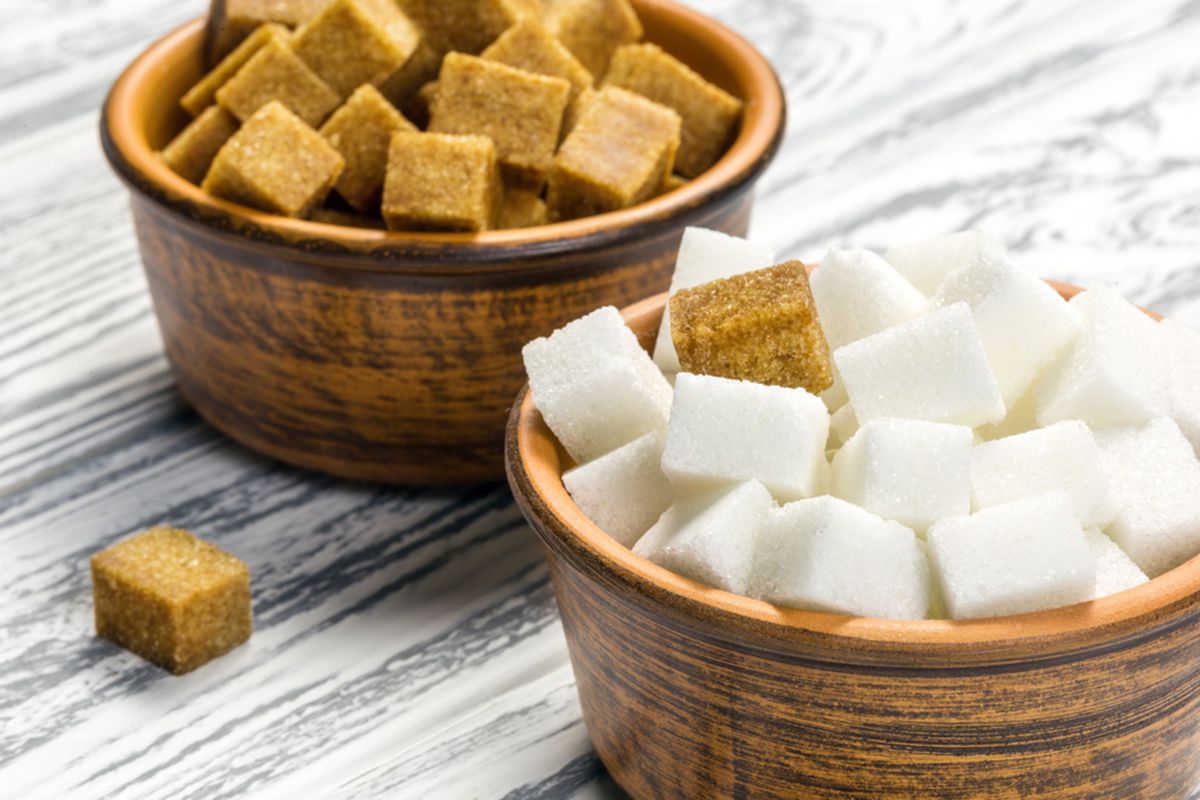
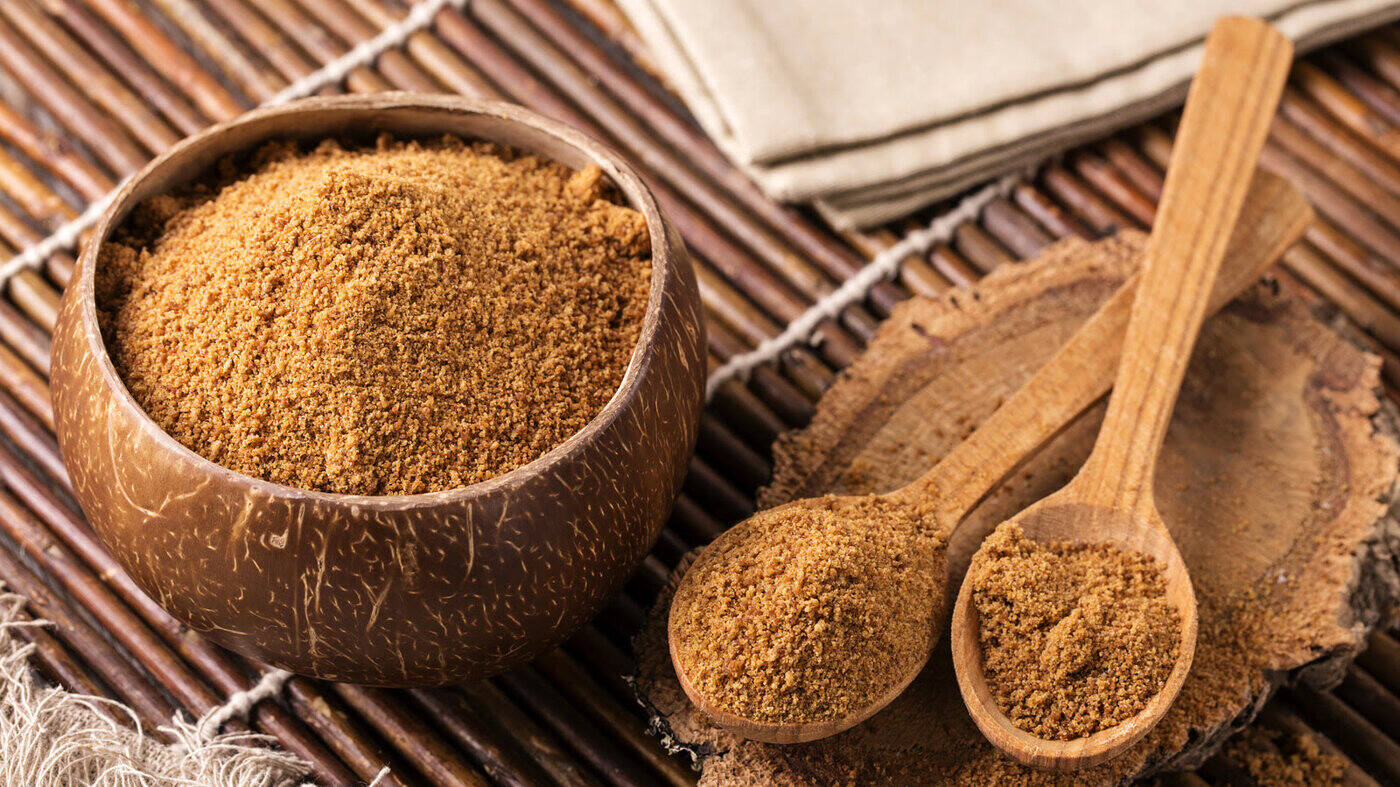
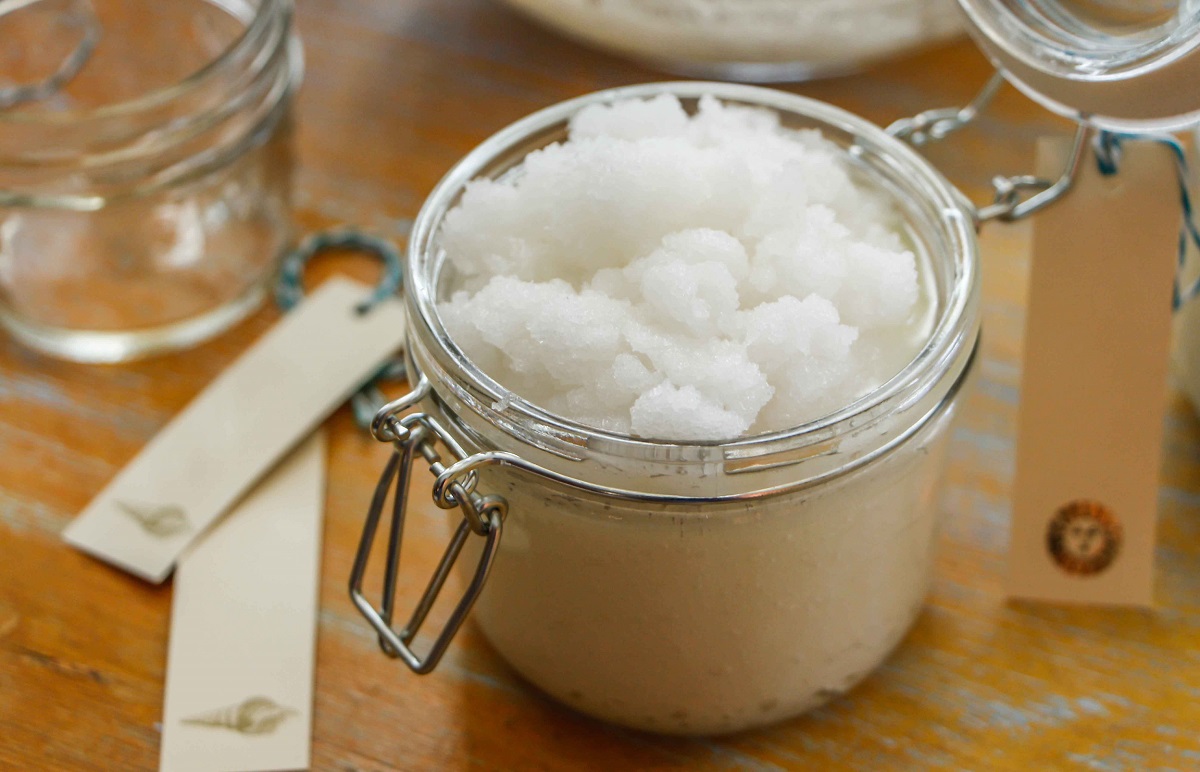
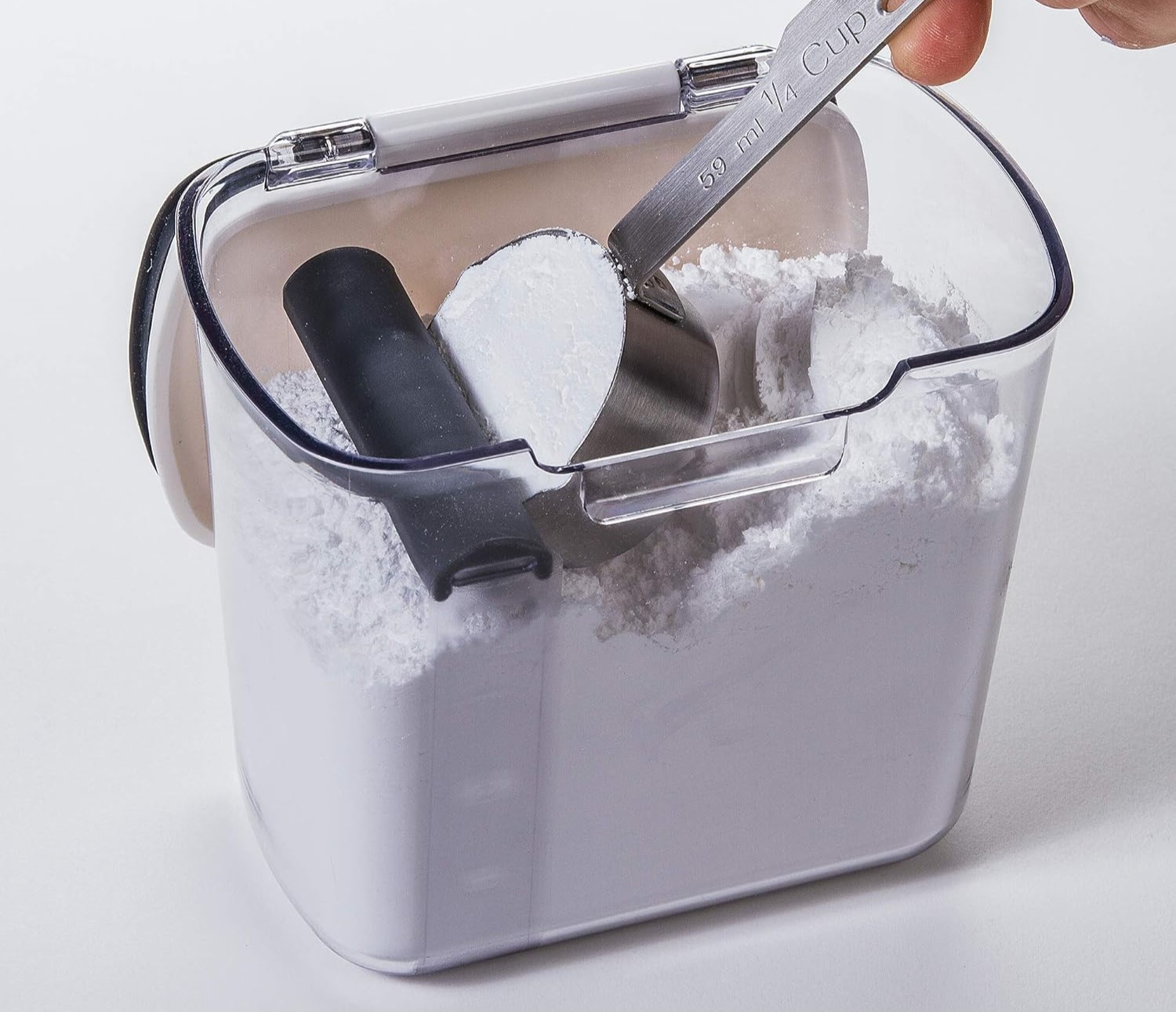
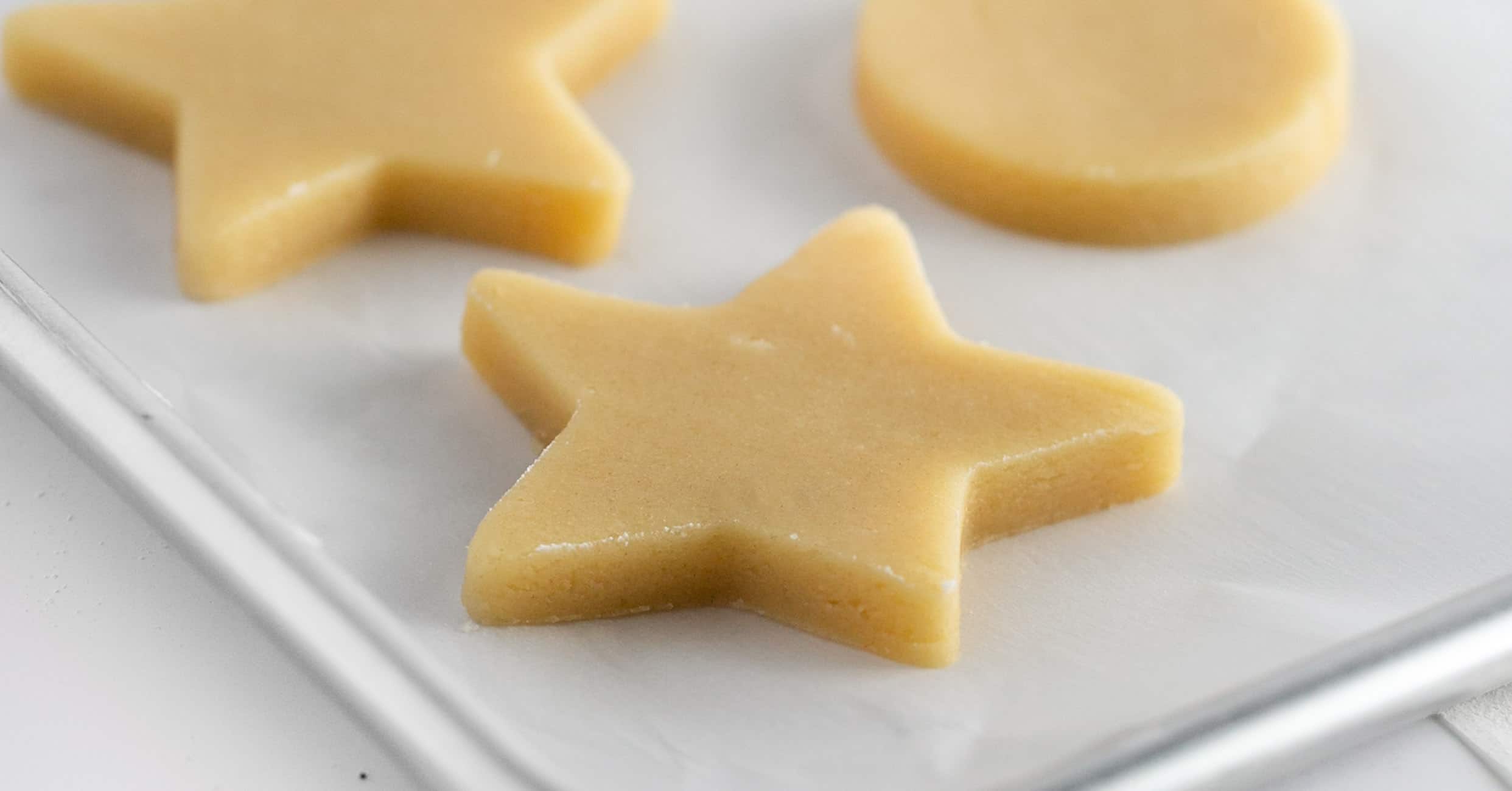
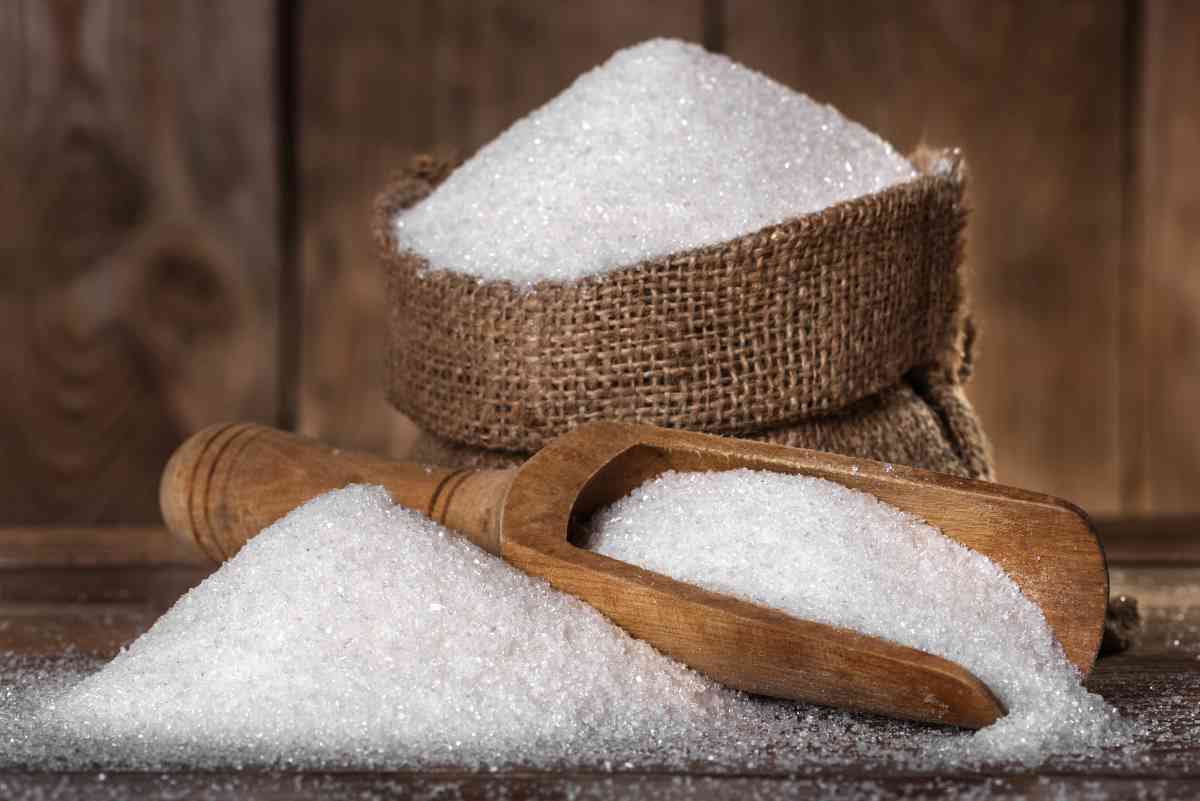

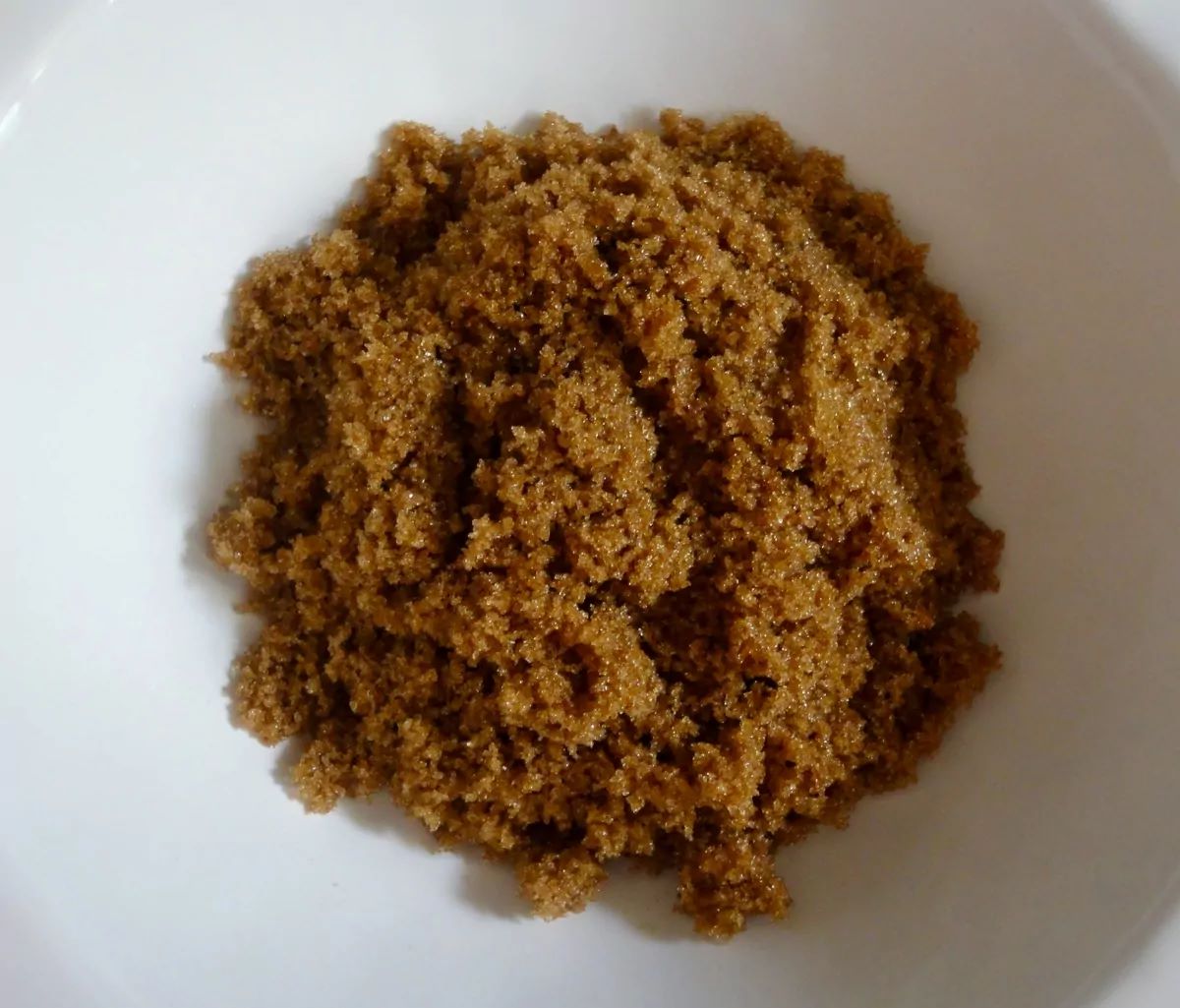
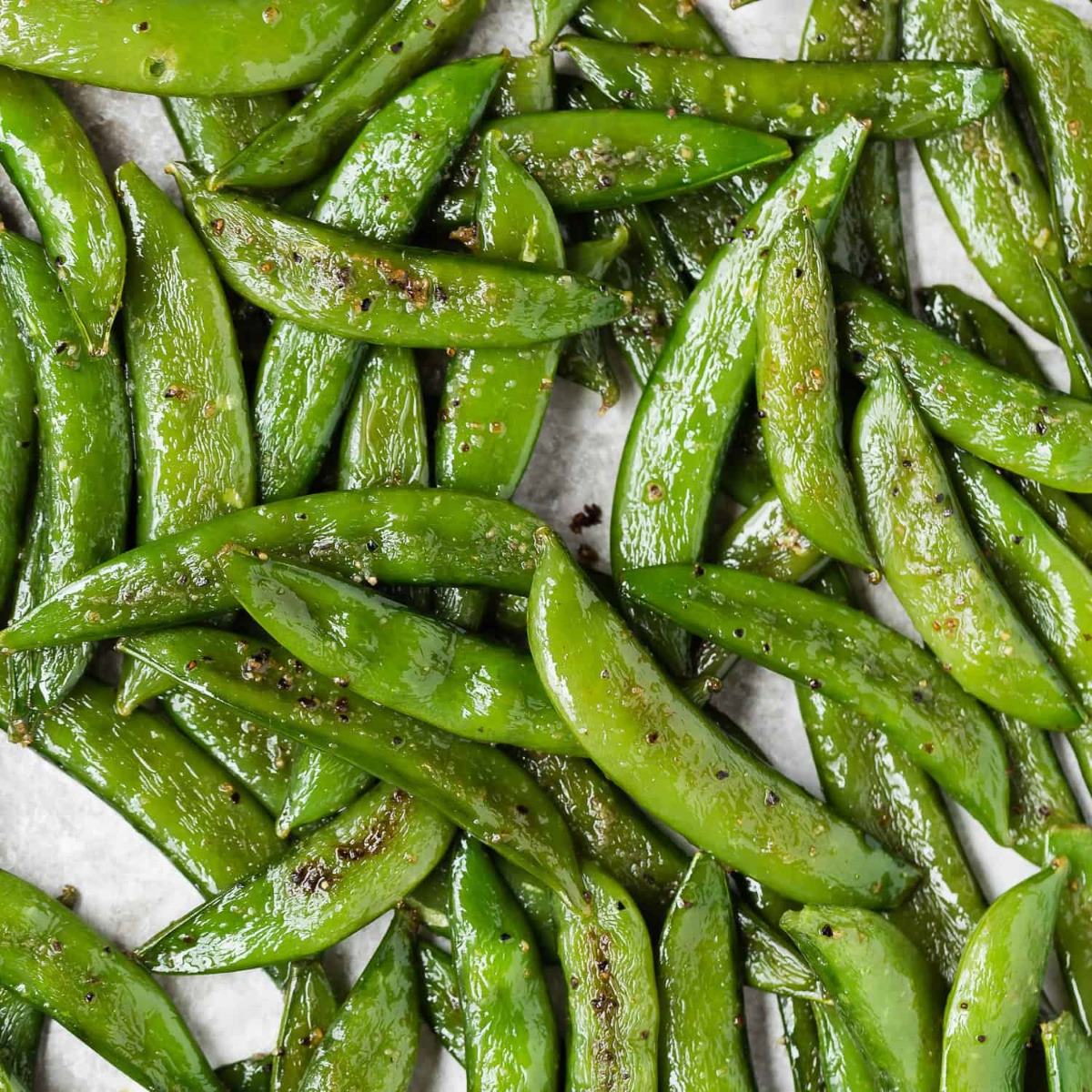
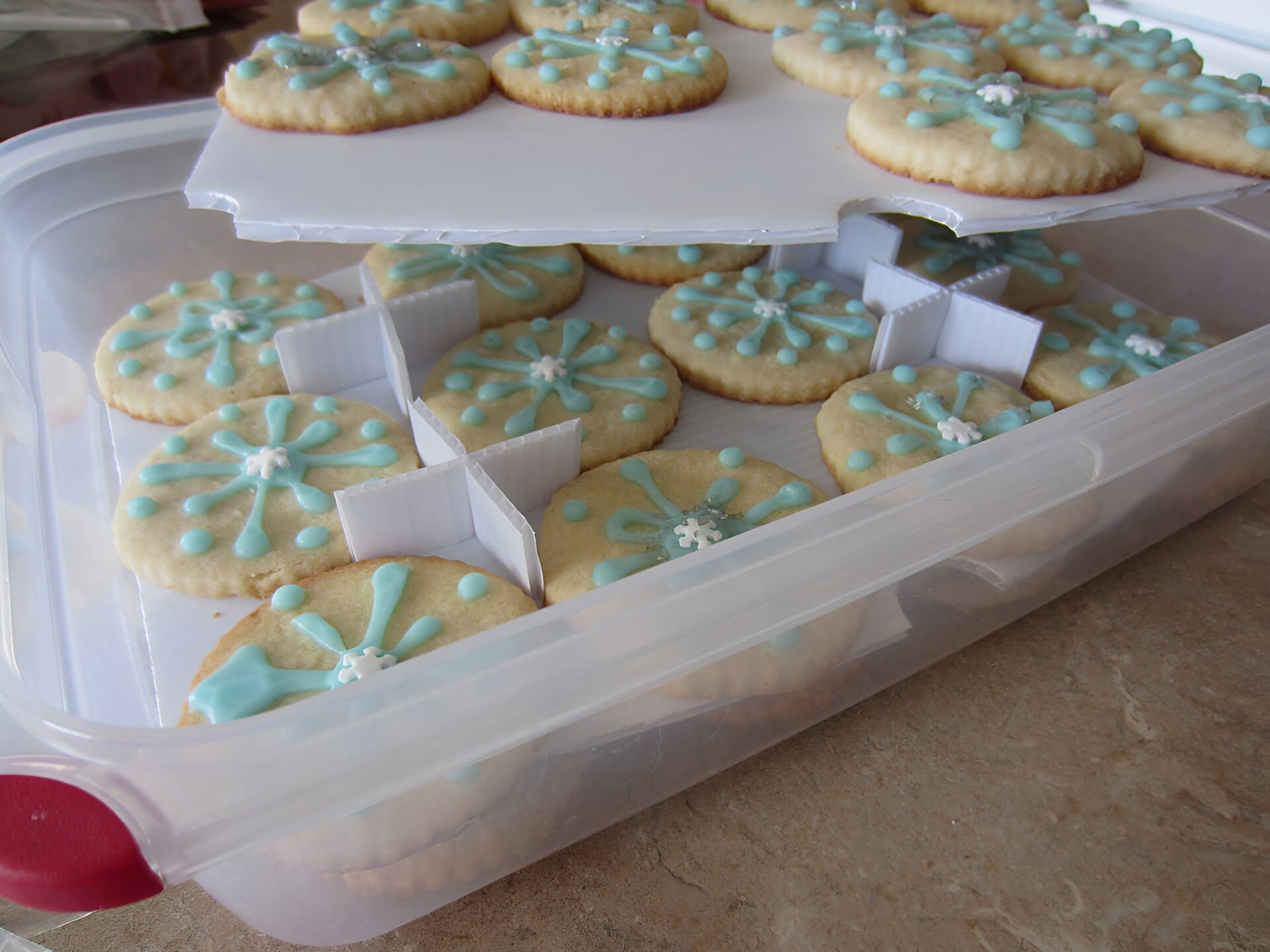

0 thoughts on “How To Store Sugar Cane”